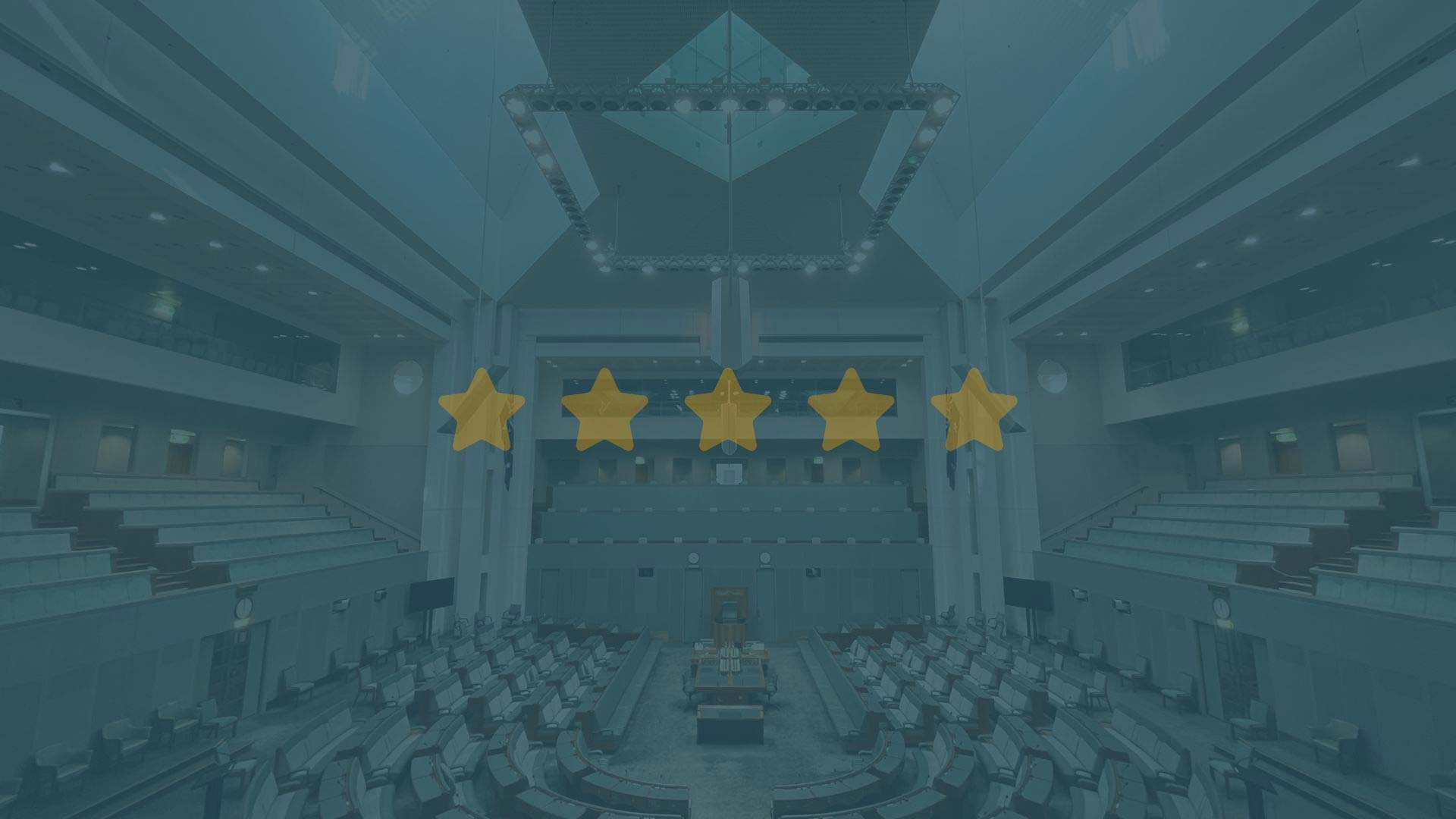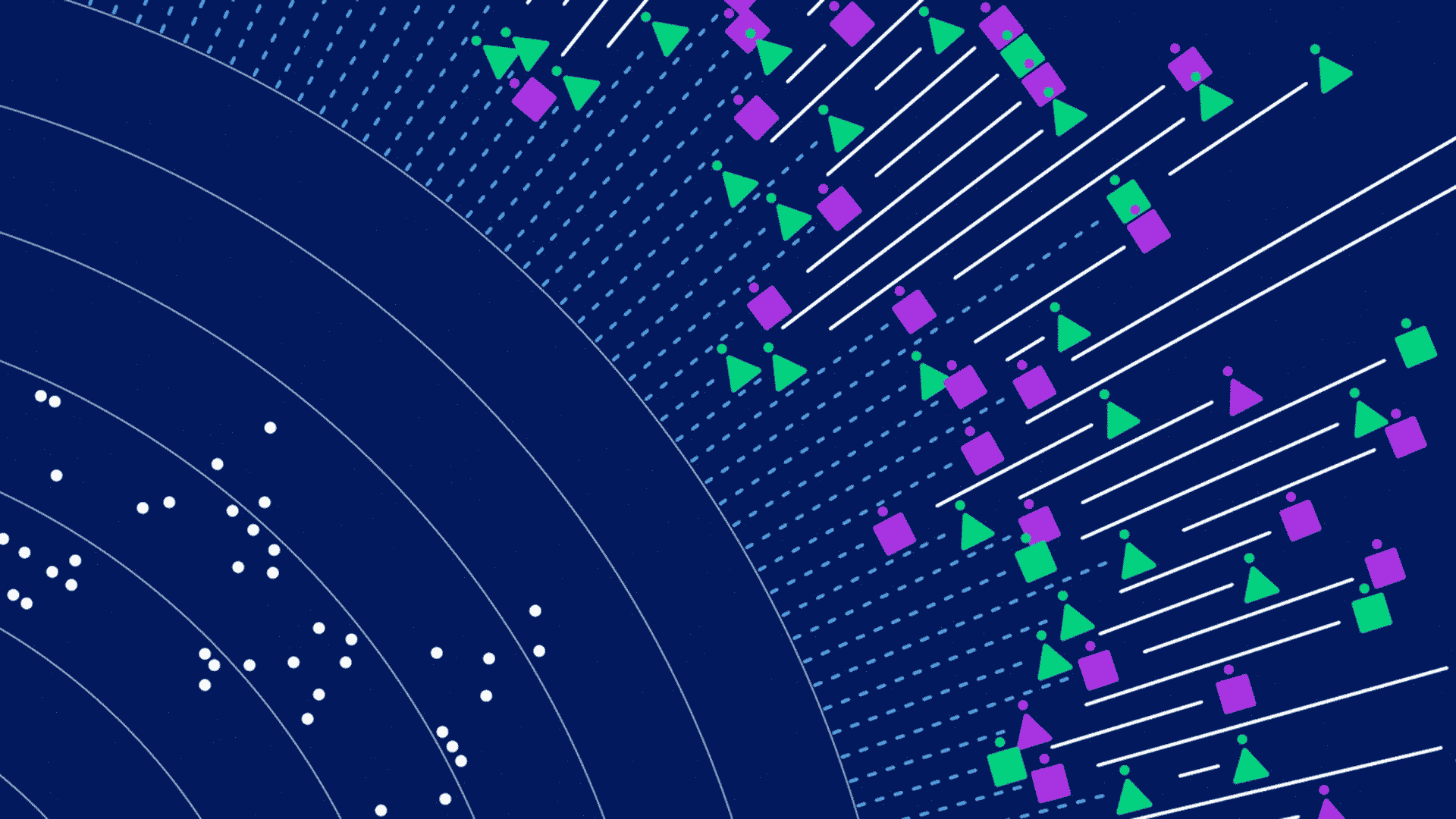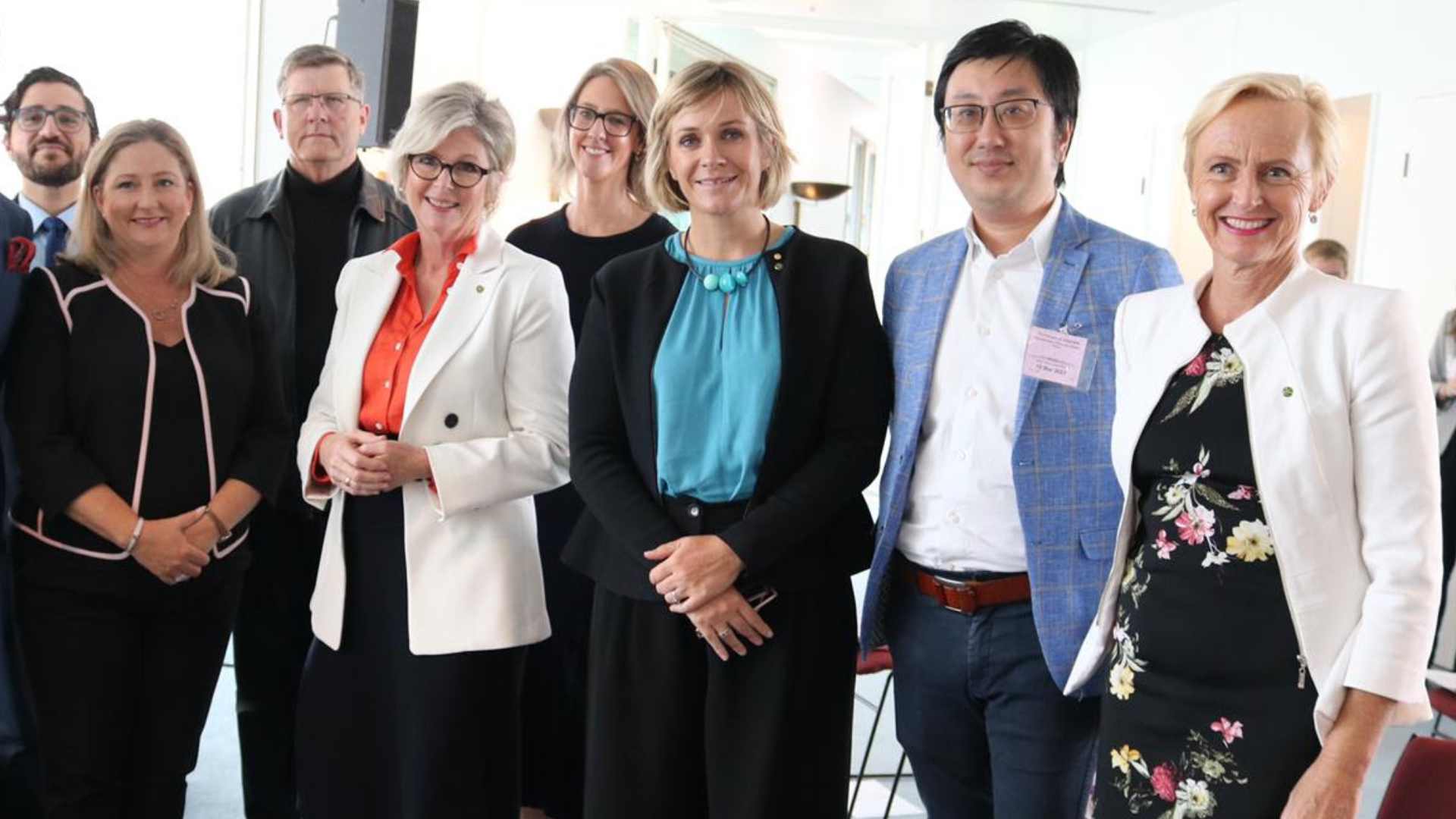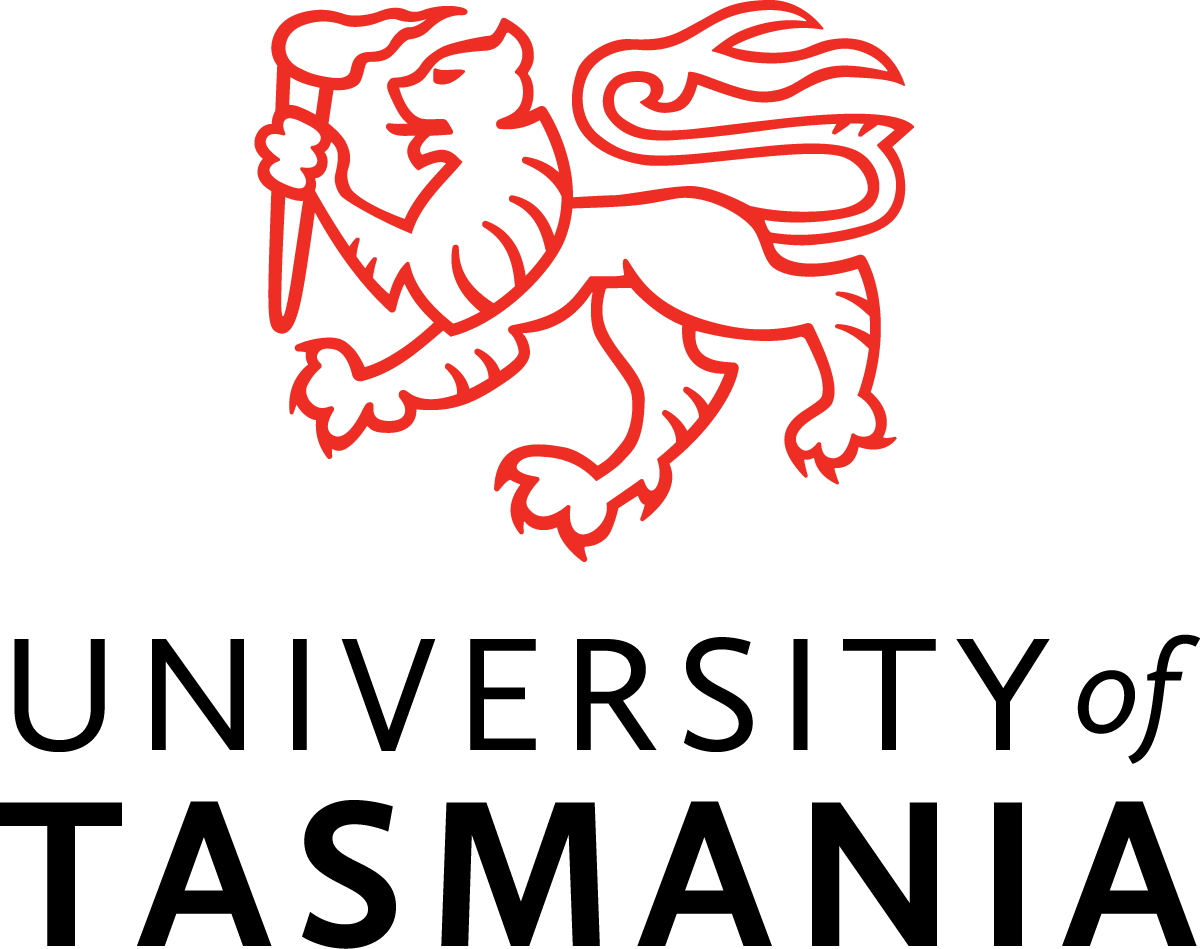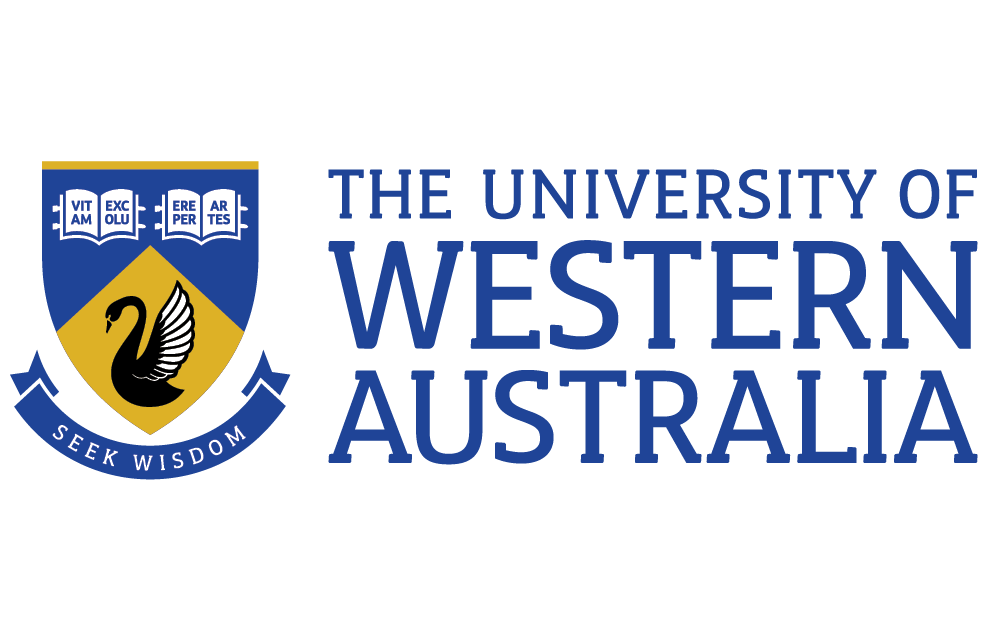World Economic Forum, 30 March 2021
The Global Gender Gap Index benchmarks the evolution of gender-based gaps among four key dimensions (Economic Participation and Opportunity, Educational Attainment, Health and Survival, and Political Empowerment) and tracks progress towards closing these gaps over time.
In 2021, the Global Gender Gap index benchmarks 156 countries, providing a tool for cross-country comparison and to prioritize the most effective policies needed to close gender gaps. The methodology of the index has remained stable since its original conception in 2006, providing a basis for robust cross-country and time-series analysis. The Global Gender Gap Index measures scores on a 0 to 100 scale and scores can be interpreted as the distance to parity (i.e. the percentage of the gender gap that has been closed).
The 2021 report aims to keep the focus on consistent measurement of gender gaps while providing new data to point to emerging and concerning trends in the labour market so that they can be proactively addressed.
Key findings include:
- The gender gap in Political Empowerment remains the largest of the four gaps tracked, with only 22% closed to date, having further widened since the 2020 edition of the report by 2.4 percentage points. Across the 156 countries covered by the index, women represent only 26.1% of some 35,500 parliament seats and just 22.6% of over 3,400 ministers worldwide. In 81 countries, there has never been a woman head of state, as of 15th January 2021. At the current rate of progress, the World Economic Forum estimates that it will take 145.5 years to attain gender parity in politics.
- The gender gap in Economic Participation and Opportunity remains the second-largest of the four key gaps tracked by the index.
- Globally, the average distance completed to parity is at 68%, a step back compared to 2020 (-0.6 percentage points)
- High-frequency data for selected economies from ILO, LinkedIn and Ipsos offer a timely analysis of the impact of the COVID-19 pandemic on gender gaps in economic participation. Early projections from ILO suggest 5% of all employed women lost their jobs, compared with 3.9% of employed men. LinkedIn data further shows a marked decline of women’s hiring into leadership roles, creating a reversal of 1 to 2 years of progress across multiple industries.
Read the report

